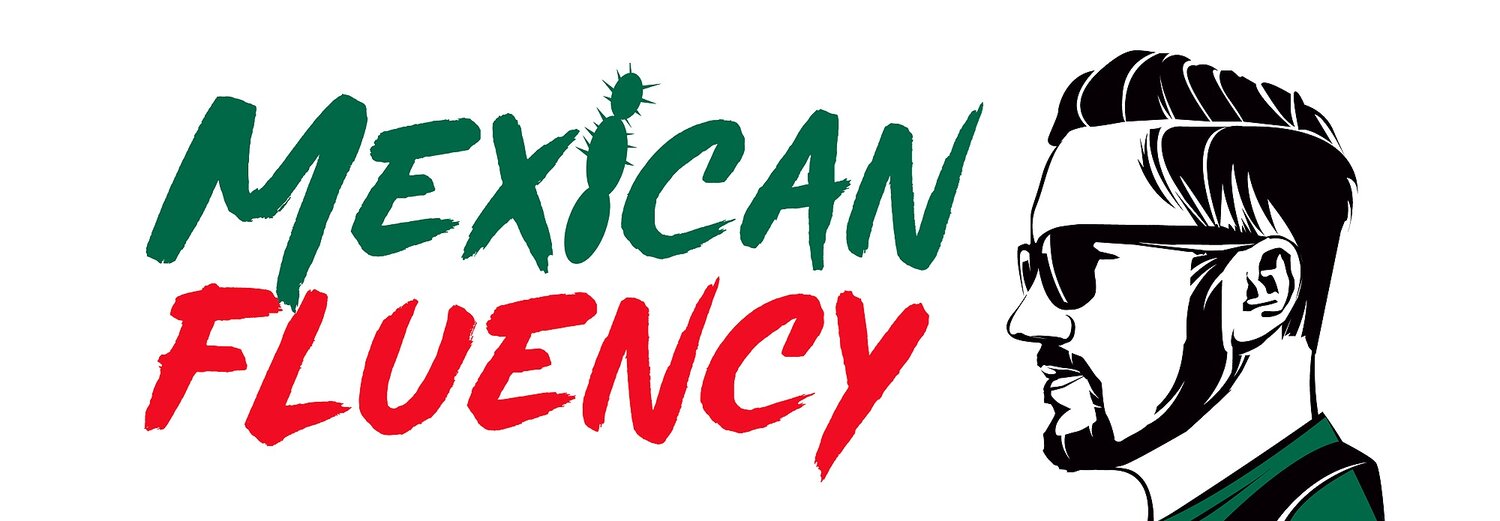The Ultimate Guide to Filler Words in Mexican Spanish
When learning a new language, it’s easy to focus on big vocabulary words, impressive grammar structures, and complex tenses. However, if you want to sound like a native speaker, understanding filler words is key. These small, seemingly insignificant words add flavor, create a natural flow, and make conversations sound more authentic.
In English, common filler words include “uh,” “well,” “you know,” and “like.” In Mexican Spanish, fillers serve a similar purpose, helping speakers think, add emphasis, or soften statements.
They’re often used to fill gaps when searching for the right words, add a casual tone, or simply convey a natural conversational flow. Let’s dive into some of Mexican Spanish's most commonly used filler words and explore how to use them.
1. “Este” – Uh…
One of the most popular filler words in Mexican Spanish is “este.” It’s used just like “uh” or “um” in English and helps fill pauses when the speaker is thinking or organizing their thoughts. You’ll hear it in nearly every conversation, especially when someone is unsure or hesitant.
Example:
• “Quiero… este… ir al cine este fin de semana.”
(I want… um… to go to the movies this weekend.)
2. “Pues” – Well…
“Pues” is another super common filler, often used to start sentences or add a little extra thought. In English, we’d use “well” in a similar way. “Pues” also gives the speaker a bit more time to think or soften their statement. It can add emphasis, create a casual tone, or even hint at resignation or agreement.
Example:
• “¿Vas a ir a la fiesta?”
• “Pues… sí, tal vez.”
(Are you going to the party? – Well… yeah, maybe.)
3. “O sea” – I mean / Like
“O sea” is a filler used to clarify or rephrase what’s being said, similar to “I mean” or even “like” in English. It helps add emphasis, making statements feel less formal or more conversational. It’s a favorite among younger speakers and pops up often in relaxed or informal conversations.
Example:
• “O sea, me encantaría ir, pero no tengo dinero.”
(I mean, I’d love to go, but I don’t have any money.)
4. “A ver” – Let’s see
“A ver” is often used to stall for time or to transition into an answer. It’s great for buying a moment to gather your thoughts, and you’ll hear it often in various contexts. It’s as if you’re saying, “Let’s see” or “Hold on” while you think.
Example:
• “¿Cuánto cuesta esto?”
• “A ver… cuesta cien pesos.”
(How much does this cost? – Let’s see… it’s 100 pesos.)
5. “Bueno” – Okay / So…
“Bueno” is versatile in Mexican Spanish and often serves as a filler at the beginning or end of a statement, similar to saying “Okay” or “So” in English. It’s also often used when answering the phone.
Example:
• “Bueno, ya tengo que irme.”
(Okay, I’ve got to go now.)
6. “Entonces” – So / Then
“Entonces” works similarly to “so” or “then” in English. It helps to conclude a thought, move a conversation along, or summarize an idea. It’s a nice way to make your speech flow without sounding abrupt.
Example:
• “Entonces, ¿qué hacemos ahora?”
(So, what do we do now?)
7. “Digo” – I mean / I’m saying
“Digo” can be used to clarify a statement or make your intention more direct. It’s kind of like saying “I mean” in English, often after you’ve already said something and want to emphasize or add to your point.
Example:
• “No quiero salir. Digo, estoy cansado.”
(I don’t want to go out. I mean, I’m tired.)
8. “Como que” – Sort of / Kind of like
“Como que” can soften what you’re saying or express uncertainty. It’s like “sort of” or “kind of” in English, making statements sound less direct.
Example:
• “No me gusta tanto, como que está raro.”
(I don’t really like it; it’s kind of weird.)
9. “Y luego” – And then
“Y luego” literally means “and then,” but it’s also used as a conversational filler, particularly when reacting to something surprising or funny. It’s often used to encourage someone to continue their story or explain further.
Example:
• “Entonces estaba en el restaurante y vi a mi ex.”
(So I was at the restaurant, and I saw my ex.)
• ”¿Y luego?”
(And then?)
This use of “Y luego?” shows interest and prompts the person to keep going with their story, similar to saying “And then what happened?” in English.
10. ”¿Verdad?” – Right? / Isn’t it?
“¿Verdad?” is often used at the end of a statement to confirm or seek agreement, similar to “right?” or “isn’t it?” It’s great for adding a friendly or conversational tone.
Example:
• “Hace calor hoy, ¿verdad?”
(It’s hot today, isn’t it?)
11. “Bueno pues” – Well then
Combining “bueno” and “pues” adds a bit of weight and often signals the end of a conversation or transition. It’s as if you’re wrapping things up with “Well then” or “Alright then.”
Example:
• “Bueno pues, nos vemos mañana.”
(Well then, see you tomorrow.)
12. “Total que” – So in the end / The point is
“Total que” summarizes a story or brings it to a close, similar to “So in the end” or “The point is.” It’s used to conclude thoughts, often after a long explanation.
Example:
• “Estuvimos buscando toda la noche y, total que, nunca encontramos el lugar.”
(We searched all night, and in the end, we never found the place.)
Practice Makes Perfect
Using these fillers can make a big difference in how natural you sound when speaking Mexican Spanish. Try incorporating them into your daily conversations, and pay attention to how native speakers use them.
The more you practice, the more natural it will feel, and soon enough, you’ll be “filling” your way to fluency!
